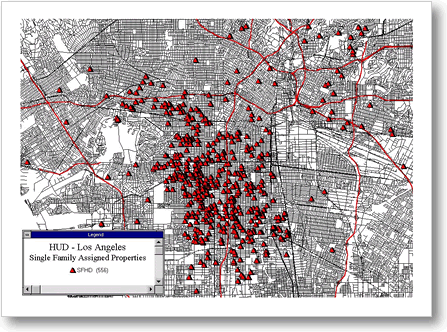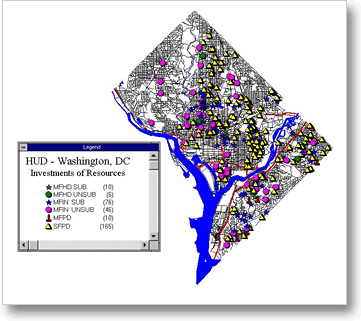
When I served as Assistant Secretary of Housing at the Department of Housing and Urban Development (HUD) in the first Bush Administration, I discovered that the government was paying billions of dollars to large banks, defense contractors and universities to collect and manage data on the people and resources of the United States.
The lead defense contractor at HUD was paid approximately $150 billion to run the systems. (That was later to increase by even greater amounts.) No matter how much we paid to create and maintain rich databases, it was almost impossible for me to get any data that I needed to do my job. What I did get required a extraordinary effort on my part.
My efforts to get basic management and financial information was met with fear, lies and endless passive aggressive behavior. I soon learned that data about money in government was like cigarettes in prison. It was a currency, traded for power and position. Data that was supposed to be public was not easily available to government officials and it was certainly not available to the average person. Data that was supposed to be private appeared easily accessible to a variety of financial interests.
~ View Parts I through VI of this article here.
Years later, my company Hamilton Securities Group served as lead financial advisor to the Federal Housing Administration (FHA). We were ordered by the agency to implement a comprehensive portfolio strategy and collect the necessary data from the agency. Most of the data needed was supposed to be publicly available. Thus began a data war during which various parts of the agency and the defense contractors who controlled and managed the data made it impossible for us to get various portions of the necessary data.
Frustrated, we started to build a software tool that simply identified all the federal data publicaly available online that informed resources in communities and would allow the user to aggregate and display the data by neighborhood. My employees were afraid of the project, so I finally assumed the initial leadership myself.

(Above: Properties collaterializing assigned (defaulted) FHA single family mortgages in South Central Los Angeles; circa 1996)
One of the many charts that we produced showed that a very high percentage of the urban populations receiving housing subsidy were also receiving welfare and food stamp funds administered by the Department of Health and Human Services (HHS). This information had profound implications for the debate regarding welfare reform in the mid-1990’s. At the request of a mutual friend, we met with the Secretary of HHS and showed her the mappings of the various cities and what it meant to her program. She gasped and said, “I have been asking for this data for years. How did you get it?” We explained that we had found the HHS data on her agency’s website and simply aggregated it with other sets that we dug out in a similar fashion.

(Above: properties involving various FHA insured mortgages in Washington DC; yellow dots are foreclosed properties; circa 1996)
The government seized our software and databases in 1998. It took many years for me to get them back and when I did the most valuable parts were stolen.

(Above: Properties collaterializing assigned (defaulted) FHA single family mortgages in New Orleans; circa 1996)
In fiscal 1998, $17 billion was missing from HUD. In fiscal 1999, $59 billion was missing from HUD. This while HUD was engineering the greatest housing bubble to ever fraudulently induce America. No effort was made to figure out or find the missing money. The theory spun publicly was that the computers did not talk to each other so no one could find the data they needed to figure out what had happened, let alone get any money or fraudulently issued mortgage insurance policies and securities back.
I am blogging these stories – long past — as background for comments I want to make about the advisability of mandating federal government ownership and control of the medical and health data of all Americans.
~ View Parts I through VI of this article here.
